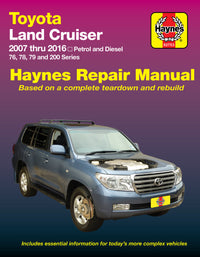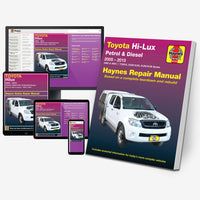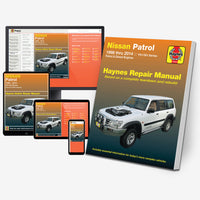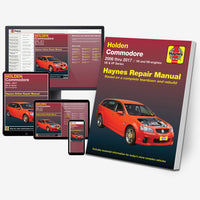
As far as old cars go, rust is the devil. It grabs hold of our precious, vintage steel and turns it to oxidised dust without mercy or discrimination. Got a Bedford? Rust will eat it. Got a Bentley? Rust will eat that, too. It doesn’t care.
But we do, which is why we’ve had a think and come up with this list of five ways to keep the dreaded rust at bay. Some are obvious, but some may just get you thinking. Come on, team, let’s kick rust in its stupid face.
01 Wax it
It’s the most common way of protecting your classic from rust for one good reason – it works. If it doesn’t work, you’re doing it wrong. Applying wax involves getting under the car and coating the exposed areas to a liberal layer of the stuff.
However, there is more. You need to get the little nozzle up and in areas where water will build up. Headlight cowls, up in the arches, right up into the wings, that kind of thing. Also, don’t be afraid to drill a little hole on the top of the sills so you can get it all in there, too. Just remember to paint any exposed metal and fit a rubber gromet afterwards.
02 Dehumidify
Just because your classic is tucked up in your garage, don’t go thinking it’s safe from rust. In fact, it can accelerate the process. Say your car is wet from an outing and you put it in your garage. That gives the moisture the chance to condensate and rise into all the nooks and crannies.
If your garage is attached to your house, chances are it will be warm in there, which further helps this. To stop it, invest in a dehumidifier that you can run in the garage. It will suck all that moisture right out of there.
03 Borrow from the moderns
Old cars don’t have the same level of weather protection modern cars do. This means, when you drive it in the rain, the wheels spray water and filth right up into the car’s innards. You can prevent this by retrofitting some parts from modern cars, namely the arch liners.
A scrap yard will only charge you a few quid for these plastic parts, and then it’s just a case of making some basic brackets to fit them to. And once they’re in there, the water won’t be able to get where it used to. Handy.
04 Oil it
WD40. Here’s a little bit of trivia for you. The 40 represents it being the 40th formulation they tried. The WD, well, that means ‘water dispersant’. So, with that in mind, it’s never a bad thing to leather bits of your underside in the stuff.
It literally does what it says on the tin, but without smelling of creosote. And it’s perfect for getting into hard to reach places, plus it works wonders on hinges and joints that you don’t want covered in heavy grease. It’s brilliant stuff, so don’t underutilise it.
05 Rinse and dry
This is the easiest, most simple thing you can do to stop the onset of rust. If you take your classic out in adverse conditions, please rinse it off when you get home and then give it a rub over with a chamois.
Water on its own is actually a fairly rubbish instigator of rust. It’s the stuff that’s mixed in there, the grit, the salt, the dirt and the grime – they’re what start the tin-worm off.
With that in mind, blasting all that rubbish off with the hosepipe is a hell of a lot better than letting it sit there. Admittedly this will prolong the onset rather than prevent it, but that’s better than nothing. And all it costs is a bit of time.
















